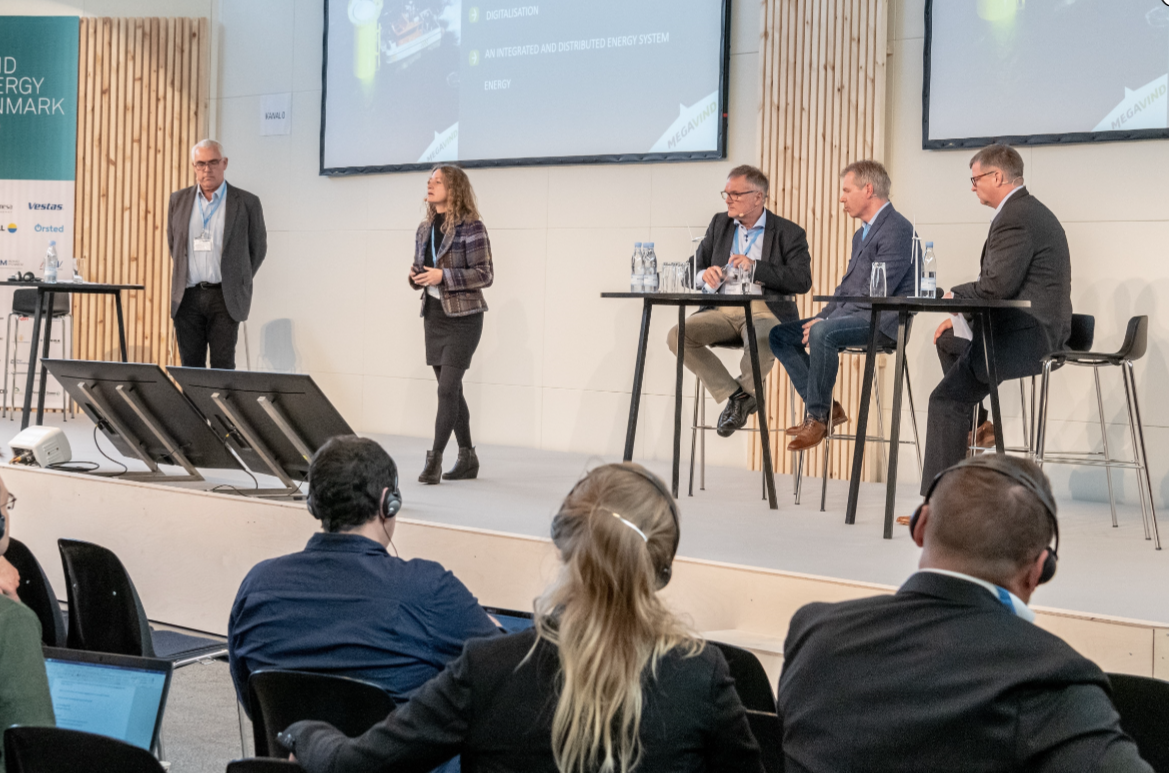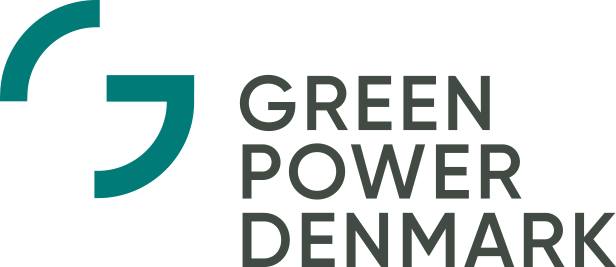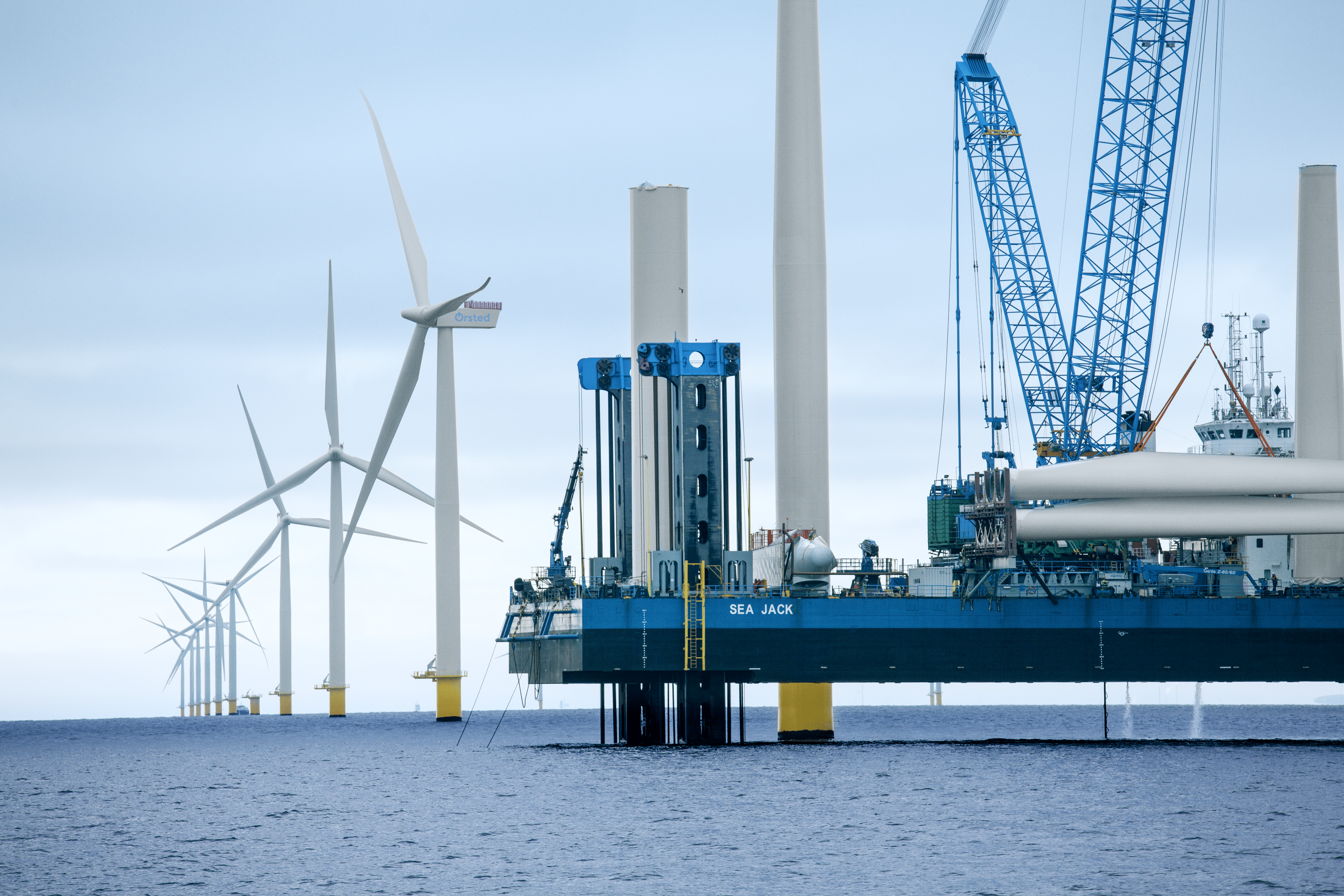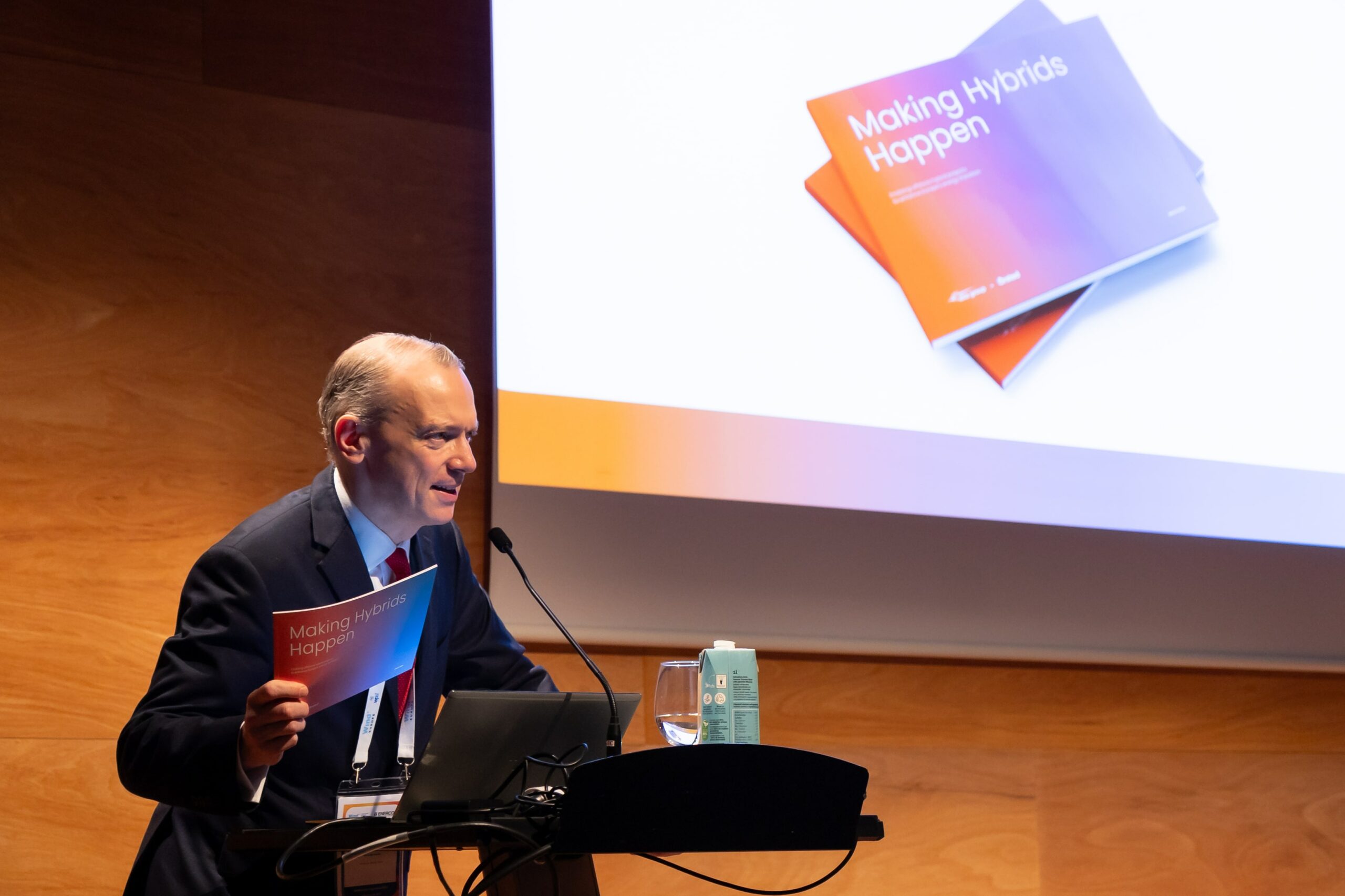News
Offshore wind
Onshore wind
Wind energy
+3
Megavind launches new RI agenda: A shift in scope and scale for wind energy


In this year’s Annual Research & Innovation Agenda, Megavind (the Danish strategic public-private partnership for wind energy Research and innovation) revisits megatrends and reveals an interesting shift in scope and scale.
The financial markets and governments have confidence in wind energy as a primary driver for the electrification of societies. And the climate needs these massive investments. According to GWEC, we must install 180GW new wind energy globally every year to meet climate targets.
Read here: Megavind Annual Research and Innovation Agenda 2021
This fifth Annual Research & Innovation Agenda from Megavind revisits the megatrends defined half a decade ago and puts them into a fresh perspective. Revealing the extreme pace with which the industry has developed in recent years the newest Megavind report reflects on the challenges and opportunities for wind energy in the next crucial phase of the energy transition. It also delves into how a renewed role of public-private partnerships in the Danish wind sector is key to unlocking new collaboration potentials across sectors.
"What this year’s report reveals is how the need for climate action has pushed the green transition and the urgency for broad collaboration between sectors to deliver the needed decarbonizations to reach the global climate targets."
Peter Hjuler Jensen, Deputy head of Wind Energy Department at Technical University of Denmark and member of Megavind Executive Committee is excited for the release of the new research & innovation agenda:
“The Annual Research and Innovation Agenda is the industry’s prioritized research & innovation roadmap. What this year’s report reveals is how the need for climate action has pushed the green transition and the urgency for broad collaboration between sectors to deliver the needed decarbonizations to reach the global climate targets,” he marks and continues:
“This is a shared mission that involves all sectors of society, but wind energy and other renewables have been entrusted the mandate to deliver green energy as the cornerstone of an electrified green energy system. That trust brings obligations and a set of concrete challenges that need to be delivered. That is in essence what the wind industry and research community has worked together to identify and reflect on in Megavind’s Annual Research & Innovation Agenda 2021,” Peter Hjuler Jensen ends.
Megatrends in a fast-moving industry
The first Megavind Annual Agenda in 2017 identified four megatrends. Revisiting these megatrends now - just five years later - reveals an interesting shift in scope and scale. Today, sustainability is front and center on the research and innovation agenda, while back in 2017, it was not even among the identified megatrends.
Likewise, the first zero-subsidy tenders for offshore wind in 2016 took the industry by surprise and featured prominently in the 2017 megatrends. Now, they are seen as a premise for a wider discussion about how to create financially responsible markets that balances pains and gains for both companies and citizens in a fair green transition.
Sustainability and financially responsible markets are both examples of the five megatrends in this year’s report that influence wind energy and its interaction with the energy system and society.
Outlining key R&I challenges and opportunities
This year, the challenges which are identified by Megavind are framed in the context of the trust that both investors and public authorities place in wind energy to deliver electricity for an electrified green energy system.
Financially, the challenge now is to find sufficient renewable energy projects to match the eager of financial investors to bank on renewable technologies and services. The hundreds of gigawatt wind energy to be installed in the coming years will only materialize if market design, regulations and companies’ business models are adapted to fit the new norm where wind energy operates in financial markets, making sure to balance risk and benefits for both investors and consumers.
It also requires continuous upscaling of wind turbines and wind farms combined with industrialization across the value chain. And new technologies and service models will have to be researched and developed to increase the value of wind power in high penetration markets. All of this must happen while we further improve the sustainability of wind power towards fully circular wind farms.
A renewed public-private partnership: Lessons from history
The scale, pace, and complexity of the actions required to achieve decarbonization by 2050 are discussed at all levels of society, and in Megavind’s view they also offer immense opportunities for all societal stakeholders. To seize the opportunities, public and private stakeholders will have to work together if we are to achieve a decarbonized energy system in a rapid, equitable, and cost-efficient manner.
The Danish public-private partnership has sustained and developed for forty years. What can we learn from that history? What should be maintained and what needs to change? The Megavind Annual Research and Innovation Agenda 2021 tracks the early development of Danish wind energy and outlines six elements that we must maintain and develop going forward. At the heart of those elements is the shared mission in the wind energy community and beyond, combined with a global outlook and a continued investment in R&D, test facilities and people - backed by political vision and a willingness to take bold choices.
Read here: Megavind report on Partnerships in the Danish Industry Supply Chain (2020) (pdf)
Visit Megavind website















